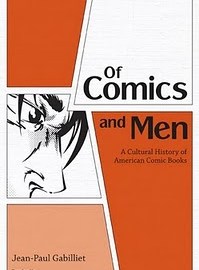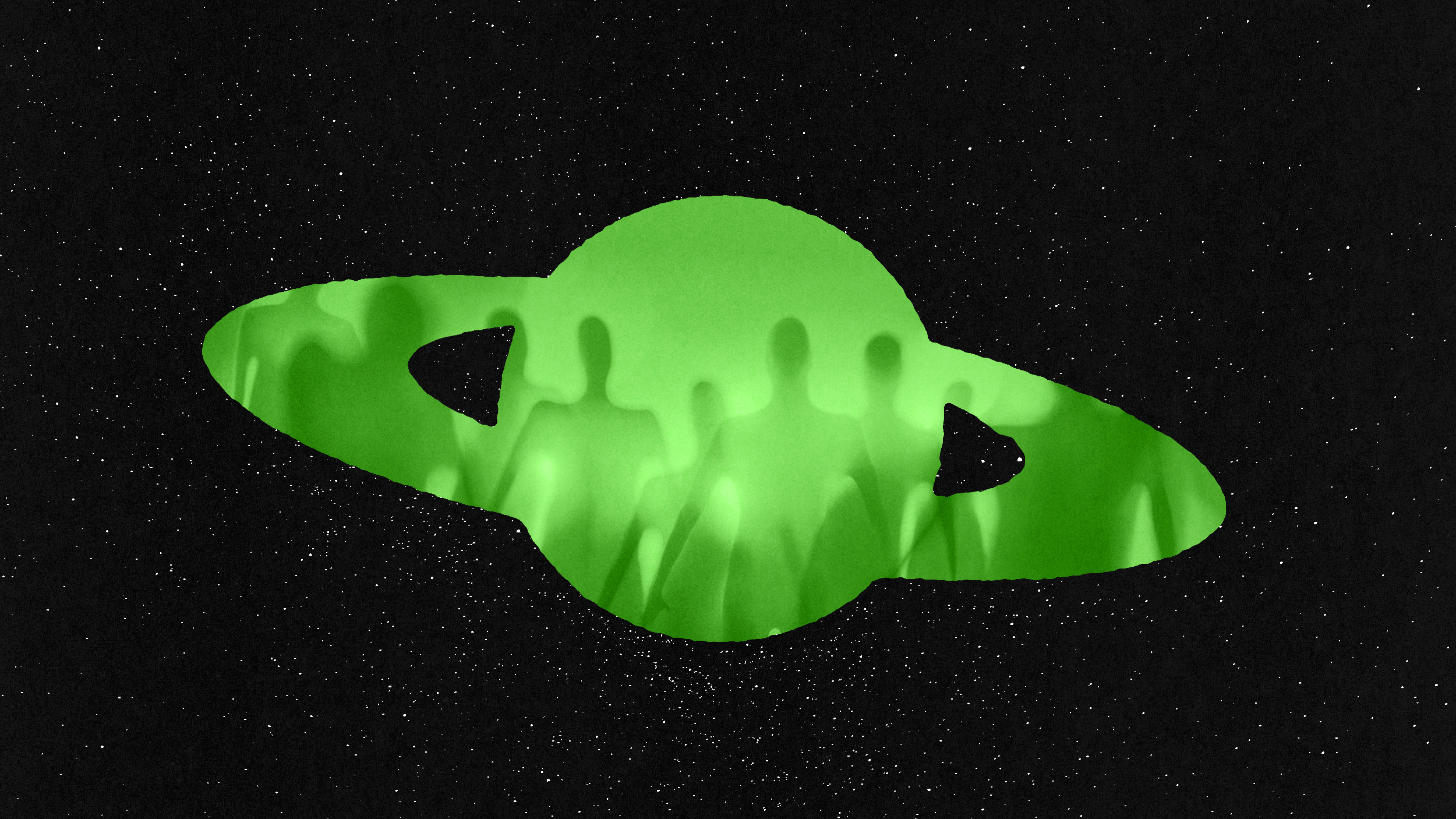French Twist: Jean-Paul Gabilliet’s “Of Comics and Men”

Like Jerry Lewis, comic books seem to be an American institution best appreciated and understood by the French. Jean-Paul Gabilliet’s Of Comics and Men: A Cultural History of American Comic Books provides the first scholarly overview of the development of the American comic book industry. First published in French in 2005, Of Comics and Men has finally been translated into English by Bart Beaty and Nich Nguyen, who worked with Gabilliet to update the history to make it as up to date as possible. Their effort adds up to nothing less than an encyclopedic study of what comics are, how comics have changed, and who has read them—all with an eye on how those factors interrelate in the realm of cultural production.
Gabilliet begins by tracing the beginnings of American comics not to the 1890s and “The Yellow Kid,” as most scholars do, but all the way back to versions of Swiss artist Rodolphe Topffer’s comics published in the 1840s, when the rising literacy of the Jacksonian era fueled a burgeoning publishing industry. By rooting comics in its European past and the immigrant experience, Gabilliet demonstrates how comics belong to a deeper cultural tradition without erasing the American contribution. “The Yellow Kid” remains significant, but more as the best example of the advent of linotype color printing making full-color “funnies” possible.
Gabilliet quickly works through the intersection of publishing technology and social history, especially how the Depression and World War II created an audience for comics, particularly the new genre of the superhero. In the second section of the book, he focuses on comic producers and consumers more closely. This section lacks the verve of the whirlwind history, but still contains many thought-provoking nuggets of information and analysis. The never-ending quest to capture female readers to the comic kingdom stands as the greatest example of that field’s marketing strategies. Glimpses into the house styles of different companies, including the famed “Marvel Method,” allow the reader to understand some of the method behind the caped and cowled madness.
Gabilliet concludes by providing an equally enlightening blow-by-blow account of the comics censorship battle begun by Frederic Wertham’s 1954 Seduction of the Innocent and resulting in the regulatory Comics Code Authority. Even non-fans of comics will recognize echoes of the American culture wars in these skirmishes. In this final section, Gabilliet turns his attention to the reader him (or her) self and how the demands of the reader have shaped the comic industry. In that dialectic, readers continually push the envelope in asking for innovation, which has led to the rise of the graphic novel. Gabilliet applauds “the emergence of a mature narrative and graphic expressivity” through the graphic novel “that now constitutes the horizon of the American comic book in the twenty-first century.”
Of Comics and Men takes us to the edge of the cultural horizon of comics and allows us to peer both far ahead and far behind. A comprehensive bibliographic essay provides a lifetime’s worth of additional reading for those so inclined. As the English translators point out, Gabilliet’s “outsider” status as a European may have freed him to take comics seriously. No less a card-carrying European intellectual as Umberto Eco once gathered up his Superman comics collection to write an essay titled “The Myth of Superman and the Dissolution of Time.” The stigma of comics as kids stuff continues to inhibit American intellectuals from similar discourse. Perhaps Of Comics and Men will finally allow the discussion of comic books and graphic novels to fly up, up, and away.
[Many thanks to the University Press of Mississippi for providing me with a review copy of Jean-Paul Gabilliet’s Of Comics and Men: A Cultural History of American Comic Books.]





